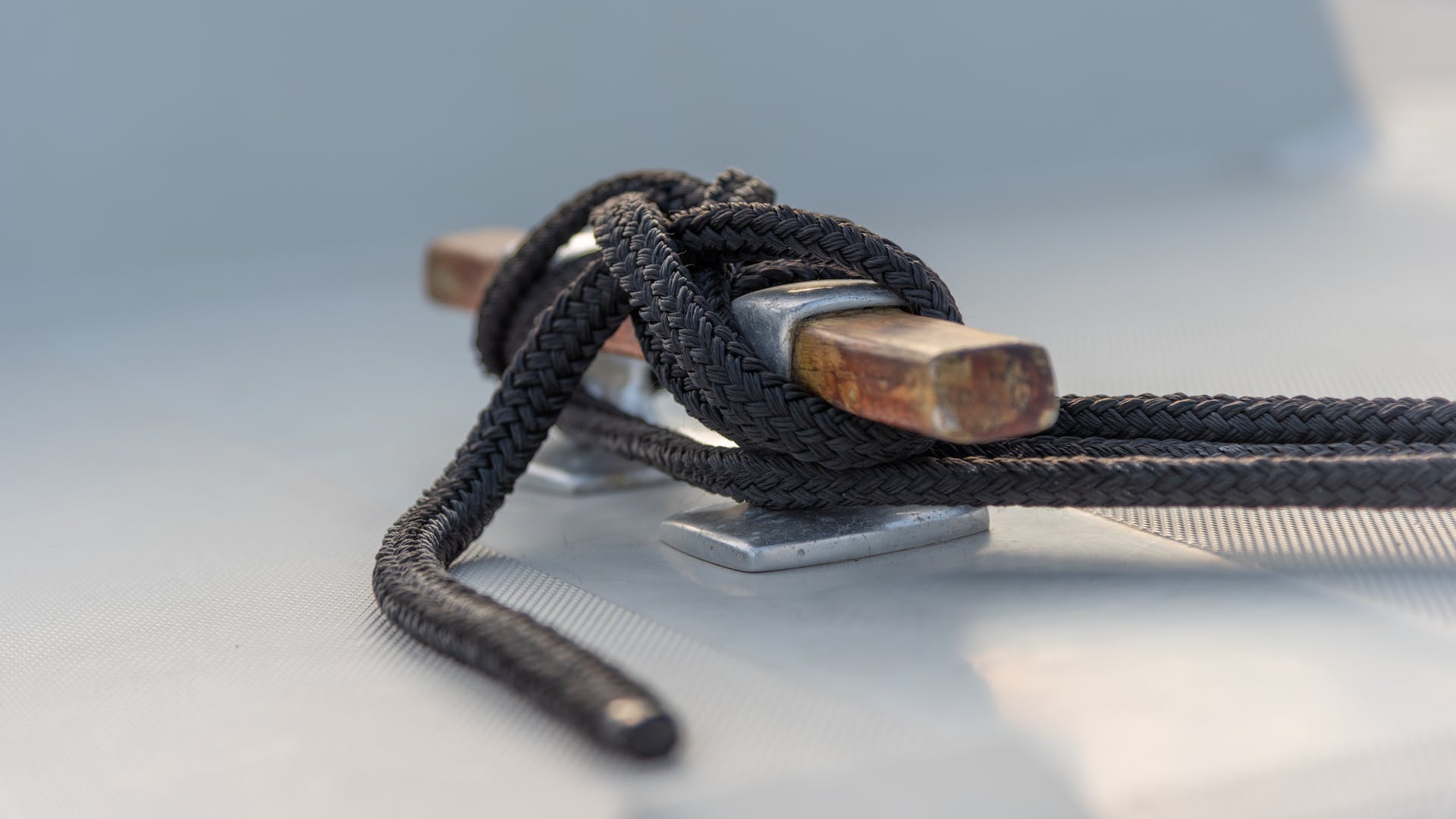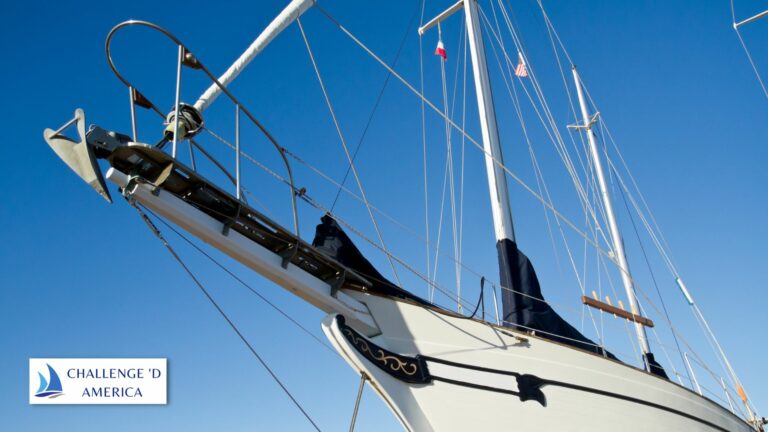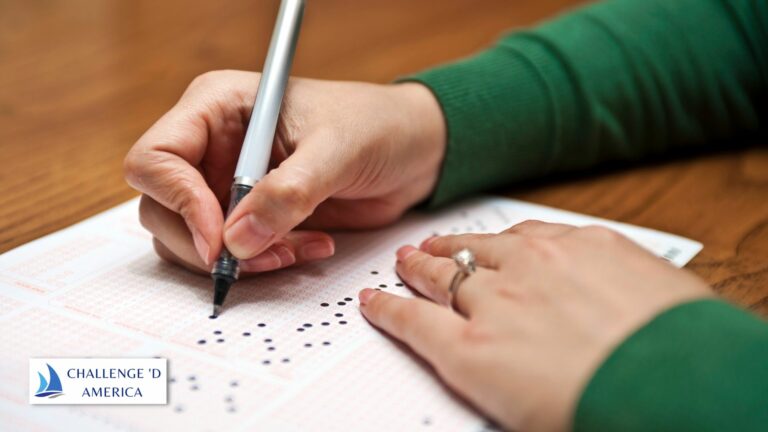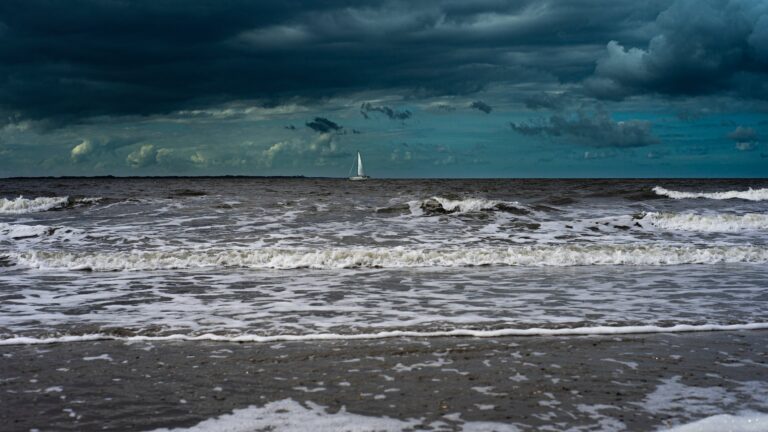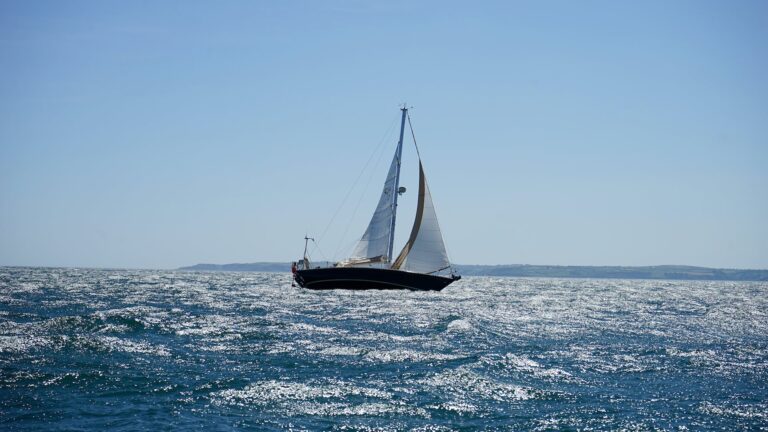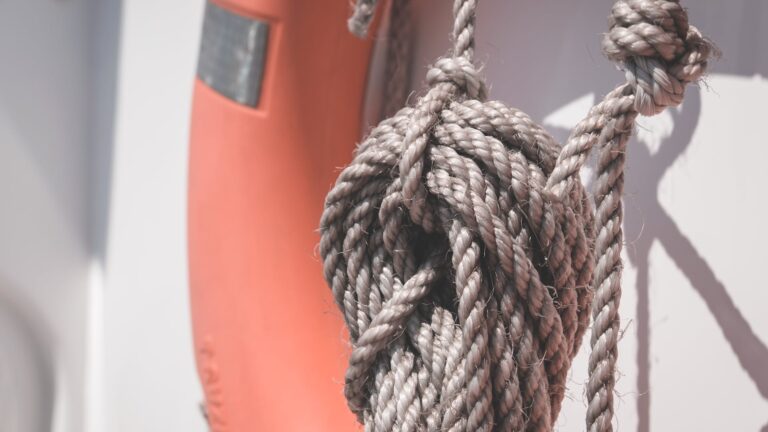What are anchoring strategies?
- Introduction
- What is Anchoring?
- Benefits of Anchoring
- Types of Anchors
- Choosing an Anchor
- Deploying an Anchor
- Tripline Technique
- Using Two Anchors
- Checking the Anchor
- Conclusion
- Resources
Introduction to Anchoring Strategies for Sailboats
When sailing, anchoring is one of the most important techniques to keep your boat in a fixed position and secure in the water. By understanding different anchoring strategies and techniques, you can ensure that your boat stays safe and secure while you enjoy your sailing experience to the fullest!
What is Anchoring?
Anchoring a sailboat involves finding a spot with an acceptable depth, seabed type, and free of any other anchored boats, as well as deploying an anchor to the seabed so that it sets properly and can keep your boat secure in a certain location for a period of time. It is important to understand different anchoring strategies and techniques in order to ensure that your boat stays secure and safe during your sailing experience.
Benefits of Anchoring
Anchoring has many benefits for sailboats, including providing shelter from strong winds or currents, keeping the boat from drifting away, as well as providing a safe spot for swimming or fishing activities without having to worry about the boat drifting away or colliding with other vessels. Additionally, anchoring helps with keeping the sails from getting damaged by strong winds or currents, as well as keeping you from getting lost at sea if you have become disoriented while sailing!
## Types of Anchors
There are several different types of anchors that can be used when anchoring a sailboat, including plow anchors (which are more suitable for sandy bottoms), grapnels (which are better suited for rocky bottoms), fluke anchors (which are designed for both sandy and rocky bottoms), as well as mushroom anchors which are generally used on mud or clay surfaces due to their larger fluke areas which provide more grip on these types of surfaces.
## Choosing an Anchor
When choosing an anchor for your sailboat, it is important to consider several factors such as the size and weight of your boat, the type of seabed where you will be anchoring, weather conditions such as wind speed and currents that may affect how much grip your anchor needs in order to remain secure in the seabed. Additionally, it is also important to consider whether you will be using a single anchor or two anchors when deploying them on the seabed!
## Deploying an Anchor
After choosing an appropriate anchor for your sailboat, it is time to deploy it on the seabed! This should be done by first letting out enough chain so that your anchor can reach depths where it can set properly – usually around two to three times more than the depth of water where you will be anchoring – then gradually letting out more chain until you reach maximum depth before dropping the anchor into the water and allowing it to rest on the seabed!
## Tripline Technique
To ensure that your anchor sets properly on the seabed once deployed, many sailors recommend using a tripline technique when dropping their anchor – this involves attaching three lengths of line off one end of your anchor in order to give it extra grip on uneven surfaces such as rocks or coral formations when being deployed into deeper waters! Additionally, this technique also helps prevent any accidental pulling or shifting of your anchor during deployment due to strong currents or winds!
## Using Two Anchors
If you find yourself in an area with strong winds or currents that could potentially move or shift your single anchor once deployed, then using two anchors upwind or uptide from each other can help ensure that both anchors remain secure on different parts of the seabed – this technique is especially useful if there are multiple boats anchored nearby since each one can use its own pair of anchors without interfering with any other boats’ positions!
## Checking Your Anchor Periodically
It is recommended to check on your anchor periodically when sailing – this involves inspecting both its position and condition in order to make sure that it has not shifted or become entangled in debris while being deployed onto the seabed! Additionally, if you find yourself in areas with strong currents then it may be necessary check on both anchors every few hours just in case they have moved due to strong winds or currents!
## Conclusion
Anchoring strategies are essential when sailing – understanding different types of anchors available and how they should be deployed onto different types of seabeds can help ensure a safe and secure sailing experience! Additionally, using techniques such as tripline deployment or deploying two anchors upwind/uptide from each other can help keep boats anchored securely even during periods with stronger winds or currents! Lastly, checking onanchors periodically throughout sailing trips can help identify any potential issues before they become serious problems!
## Resources

